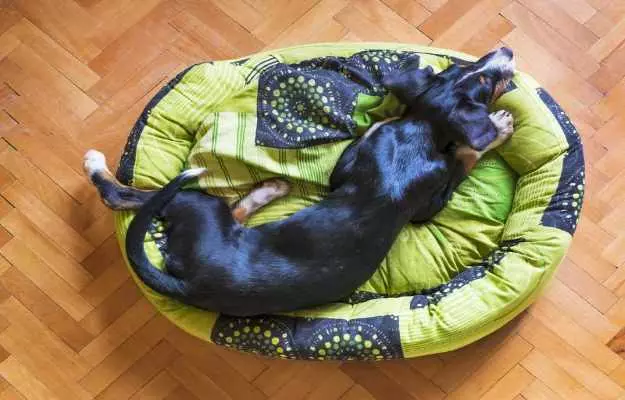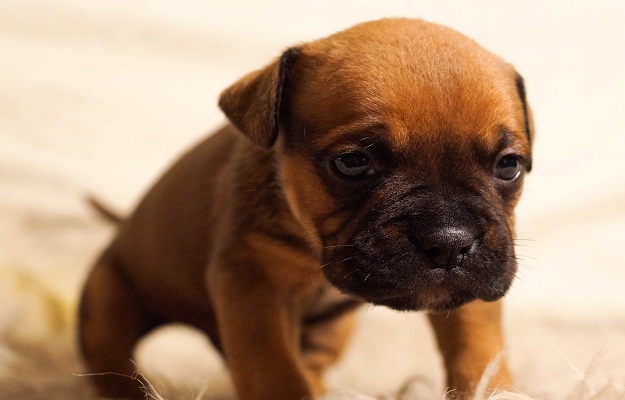Our pets are an integral part of our lives. More people are adopting four-legged friends as they recognise the therapeutic and calming effects they have on their lives. With this surge, the market for pets has also grown substantially. Pet shops offer everything from dog shirts to socks, brushes, treats, various coats and harnesses and shampoos. While some of these products are certainly novelty items, there are some that may appear pointless at first but can be very useful.
Dog beds fit this description. Your dog probably sleeps with you at night and lounges on couches and chairs during the day, then why get a bed if there are other cushioned surfaces around? In short, does your dog need a bed at all?
For starters, dog beds fulfil a number of purposes. Dogs like having certain spots in the house that are their own. They are territorial animals and need a space that they identify with. A well laid-out bed does just this - it is a place for the dog to retire when it is tired or feeling lazy.
Just like us, dogs like having some time to themselves to catch up on sleep and unwind. Another advantage of a cushioned bed is that it is more comfortable than lying on the floor, and some have raised corners that allow dogs to elevate their heads on, if they like. If it is really hot, there are cots that are slightly raised and made from light fabric so that heat doesn’t remain trapped.
To make your dog’s bed more comfortable, put some familiar smelling sheets and pillows on it. Your dog will take to the bed faster if it smells more inviting. Also, remember to wash the extra sheets and pillows often - getting rid of hair and mites is essential.











